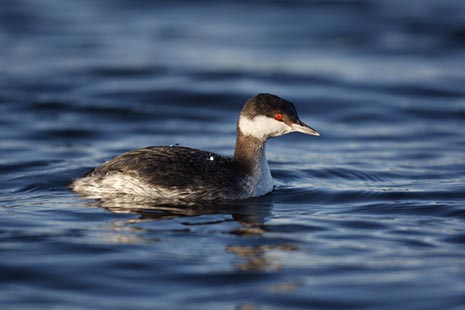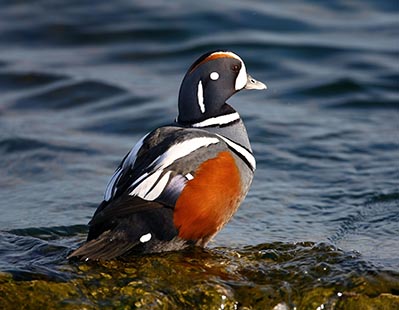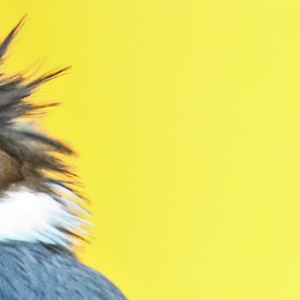4 Protected Wildlife Areas to visit in winter
Canada boasts 54 of them in total and, when combined with its 92 Migratory Bird Sanctuaries (MBSs), they protect over 12 million hectares of significant habitat. If winter blahs have got you down, visiting your nearest protected area is a great way to fight back. Below are four more examples within two hours of urban centres across the country where you can bird, hike or showshoe to your heart’s content.
Shoal Harbour Migratory Bird Sanctuary, Sidney, British Columbia
Shoal Harbour is located in Sidney, BC, just 30 km north of Victoria. The unique climate along this coastline results in mild, dry winters with little snow or frost and supports biodiverse Garry Oak and Douglas Fir ecosystems. In winter, Shoal Harbour provides important habitat for thousands of birds representing over 51 species including the Green-Winged Teal, American Wigeon and Horned Grebe. However, its most famous winter resident is the Bufflehead. This duck returns to the area punctually each October 15th to the delight of Sidney residents, who celebrate ‘All Buffleheads Day’ in its honour. Shoal Harbour joined Nature Canada’s NatureHood program last year.
Lac Saint-François National Wildlife Area, Dundee, Québec
Lac St-François is a natural widening of the St Lawrence River in southwestern Quebec, just two hours from Ottawa and 1.5 hours from Montréal. It features ecologically significant wetland and woodland habitats for over 287 species of animals and 547 species of plants. These include 14 species at risk, such as the Butternut, Yellow Rail and Northern Map Turtle. Lac St-François features a visitor centre and over 10 km of trails suitable for snowshoeing and cross-country skiing. The non-profit organization Les Amis de la Réserve Nationale de Faune du Lac Saint-François organizes outdoor activities for the public year-round.
Inglewood Migratory Bird Sanctuary, Calgary, Alberta
Inglewood is nestled in the heart of central Calgary within the Bow River Valley. Its riparian habitats are home to about 270 species of birds, 21 species of mammals and 347 species of plants. In winter, its open water hosts thousands of ducks – the striking Harlequin Duck sometimes among them – as well as Wilson’s Snipe and Bald Eagles. Inglewood’s trails and nature centre are popular with visitors year-round. Sadly, Inglewood was devastated by flooding in 2013. The sanctuary re-opened to the public in July 2015, but remediation efforts are ongoing.
Port Joli Migratory Bird Sanctuary, Port Joli, Nova Scotia
Port Joli is situated on a 10-km inlet off the south shore of Nova Scotia, two hours southwest of Halifax and 1.5 hours east of Yarmouth. Irregularities along its rocky coast have yielded a variety of habitat types including mixed forest, mud flats and salt marsh, which support a diversity of wildlife species. Overwintering Canada Geese benefit from the open water at Port Joli, with up to 6000 individuals visiting annually. Hundreds of American Black Ducks as well as smaller numbers of Common Goldeneye, scaups, scoters and mergansers also take refuge there. There is no restriction on public access so be sure to make your way to this MBS and view its diverse wildlife!

Photo of Wintering American Black Ducks at Robertson Lake in Port Joli Migratory Bird Sanctuary. By: Colin MacKinnon © Environment Canada
As you can see, these four protected wildlife areas offer a range of diverse habitats and species that are only a short trip away! If you would like to learn more about the work that Nature Canada is doing to connect people with these special places and other protected areas, be sure to look here.





